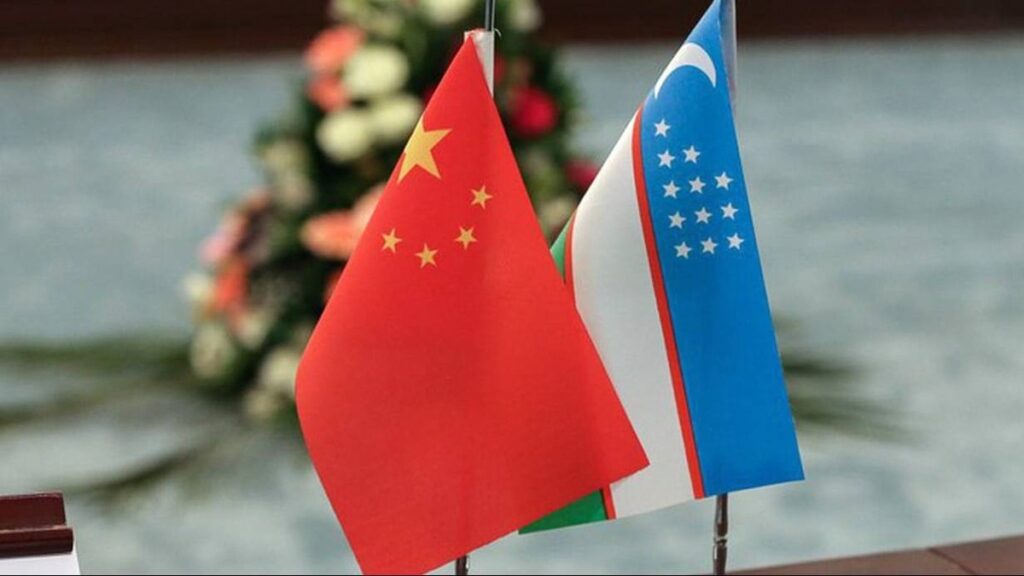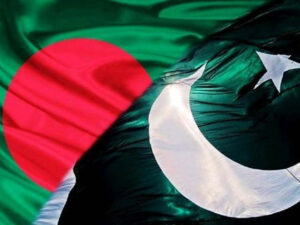Uzbekistan’s 5G Fighter Jet Deal with China

Recent reports indicating that Uzbekistan may acquire JF-17 Block 3 fifth-generation multirole fighter jets from China have resonated not only within military circles but also in diplomatic arenas. This prospective procurement has the potential to fundamentally alter the strategic balance in Central Asia.
Modernization Imperatives and the Declining Role of Russia
Uzbekistan has long relied on Soviet-era MiG-29 and Su-27 fighter aircraft. However, the aging of this fleet, increasing maintenance difficulties, and persistent shortages of spare parts have compelled Tashkent to seek modern solutions for enhancing its air power. Russia, historically the primary supplier, has experienced a significant reduction in production capacity as a result of the ongoing war in Ukraine. Economic sanctions have further constrained the Russian defense industry, narrowing its ability to meet foreign demand. These developments have driven Uzbekistan to explore alternative sources of procurement.
China’s Strategic Offer
China has capitalized on this context by presenting Uzbekistan with not merely an aircraft sale, but a comprehensive strategic package. This includes flexible payment schemes, technology transfer, pilot training programs, as well as technical and logistical support. Such multilayered benefits would enable Uzbekistan not only to acquire advanced aircraft but also to establish the necessary infrastructure for the sustainable long-term development of its air power capabilities.
The Chinese-manufactured JF-17C and J-35A models are comparatively more cost-effective—both in terms of acquisition and operational expenditure—than their Western counterparts. For instance, the French Rafale is priced at approximately USD 115–120 million per unit, whereas the JF-17C and J-35A are estimated in the range of USD 70–85 million. Furthermore, the integrated maintenance and logistics packages offered by China could reduce life-cycle operational costs by 30–40%. This alleviates short-term budgetary pressures and allows Uzbekistan to pursue a sustainable modernization strategy.
Equally significant is the technology transfer component. Under the proposed Chinese programs, Uzbekistan would be able to develop domestic capabilities for maintenance, modernization, and small-scale production. This would facilitate the execution of critical tasks without external dependency, thereby strengthening the national defense industry. Pilot training initiatives would further ensure the effective operational deployment of these advanced aircraft, directly enhancing the combat readiness of the Uzbek Air Force.
In essence, China’s offer addresses not only Uzbekistan’s immediate air force requirements but also its long-term strategic independence objectives, potentially positioning the country among the leading actors in modern air power within Central Asia.
Regional and Global Implications
Experts widely agree that the prospective deal would have both military and geopolitical ramifications. Such a step would bolster Beijing’s influence in Central Asia while simultaneously posing a direct challenge to Moscow’s traditional military dominance in the region. Should the agreement materialize, Uzbekistan would become the first Central Asian state to operate fifth-generation fighter jets. This development could prompt neighboring countries, such as Kazakhstan, Turkmenistan, and Kyrgyzstan, to embark on similar modernization initiatives, potentially triggering a new phase of the regional arms race.
Future Scenarios
The acquisition of advanced platforms such as the JF-17 Block 3 and J-35A would provide Uzbekistan with not only technical superiority and enhanced combat capabilities but also greater autonomy and flexibility in its foreign policy maneuvering. Having long depended on Russia for regional security, Uzbekistan could, through this move, define its strategic priorities more independently and, when necessary, engage with alternative alliances.
However, this shift would not be confined to military and diplomatic spheres. Russia, traditionally the key security guarantor in Central Asia, may perceive it as a strategic setback and respond by devising new political and military measures to maintain its influence and counterbalance China’s growing presence. Conversely, Western states may seek to deepen diplomatic and economic engagement with Uzbekistan as a means of mitigating China’s rising regional influence and securing strategic advantages. Such dynamics could foster a multipolar security environment in which Uzbekistan skillfully navigates relations with China, the West, and Russia to maximize geopolitical leverage.
This prospective fighter jet acquisition represents more than a step toward military modernization; it could reshape the distribution of power in Central Asia, catalyze the formation of new alliances, and redefine competitive dynamics. By undertaking this strategic move, Uzbekistan would reinforce its air superiority and emerge as a more independent and influential actor on both regional and global stages.
The critical question remains: will this development serve as a model of cooperation that enhances stability, or will it ignite an arms race that heightens tensions? Furthermore, how will Uzbekistan’s decision influence the security architecture of Central Asia over the next decade?


